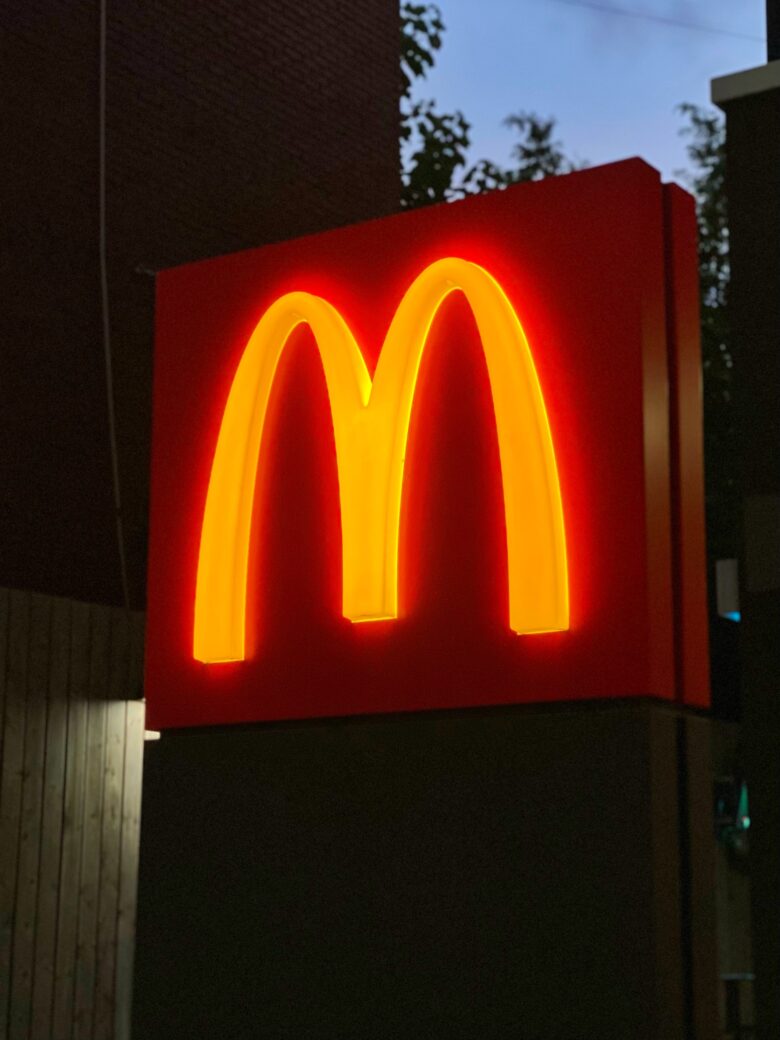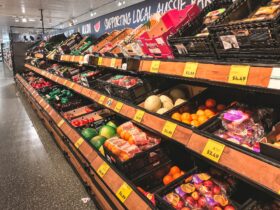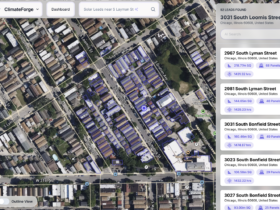As the restaurant industry navigates the financially intricate current of the second quarter, the diverse approaches to stay afloat have resulted in a clear divide between the winners and losers. Even as inflation cools down and the fear of a looming recession abates, customers are still fixated on the value their hard-earned money can garner.
Two significant variables that influence a restaurant chain’s growth are the frequency of customer visits, and the amount they spend on every order. With many eateries refraining from hiking prices due to slower sales growth and reduced foot traffic, traffic has become a critical determinant for same-store sales.
Coincidentally, promotions have stepped in to occupy the foreground in restaurant marketing. While the limited-time offerings are drawing crowds and social media attention, not all promotions have the same effect and this proved to be a definitive distinction between the Q2’s success stories and those not so fortunate.
McDonald’s, in particular, created quite the stir with its ‘Grimace Birthday Meal’. This nostalgia-infused limited time offer drew hordes of customers – further raising hopes that McDonald’s birthday bash for its iconic mascot would be a revenue spinner for the chain. Executives from other restaurant chains enlisted in the Q2 winners, including Chipotle, Texas Roadhouse, and Wingstop, also reported an uptick in US traffic.
However, on the other end of the spectrum, Papa John’s, Wendy’s, and Chipotle Mexican Grill couldn’t garnish an appetizing jump in their sales figures, causing disappointment among investors. Furthermore, Restaurant Brands International also reported traffic dip across Popeyes, Burger King, and Firehouse Subs.
Heavy consumer focus on value perception has made it a cornerstone for the restaurant business. The likes of Wingstop and Chipotle are experiencing positive trends, aided by strategically dropping poultry prices and increasing perceived value of menu items, respectively.
Unfortunately for Noodles & Company, they suffered from their customer’s negative perception towards their raised prices. Promptly, the company dropped its prices by 3% and reoriented their marketing towards value to recoup their losses.
As we anticipate the second half of the fiscal year, experts predict an even more significant drop in foot traffic. Consequently, unless traffic trends miraculously reverse, the downward trajectory in menu pricing should follow suit. Barclays Analyst Jeffrey Bernstein refers to this as a foreboding sign for restaurant stock performances.
McDonald’s CEO Chris Kempczinski has mentioned how the chain is faring well among consumers earning under $100,000 – especially among those earning below $45,000. A contrasting picture is presented by Wendy’s CEO, Todd Penegor, who noted a purchasing pullback among customers earning less than $75,000.
Promotions are the order of the day, with focus on discounts, combo meals, and limited-time offerings. Regrettably, these efforts have not sufficed to thwart the growing divide in the performance of different restaurant chains.
To put it succinctly, customer behavior and their perception of value played crucial roles in this quarter’s restaurant business outcome. As industry giants scramble to decide their pricing in the wake of the fourth quarter, it will require a strategic approach invoking traffic control, value perception, and smart promotions to secure their place as Q4 winners.












